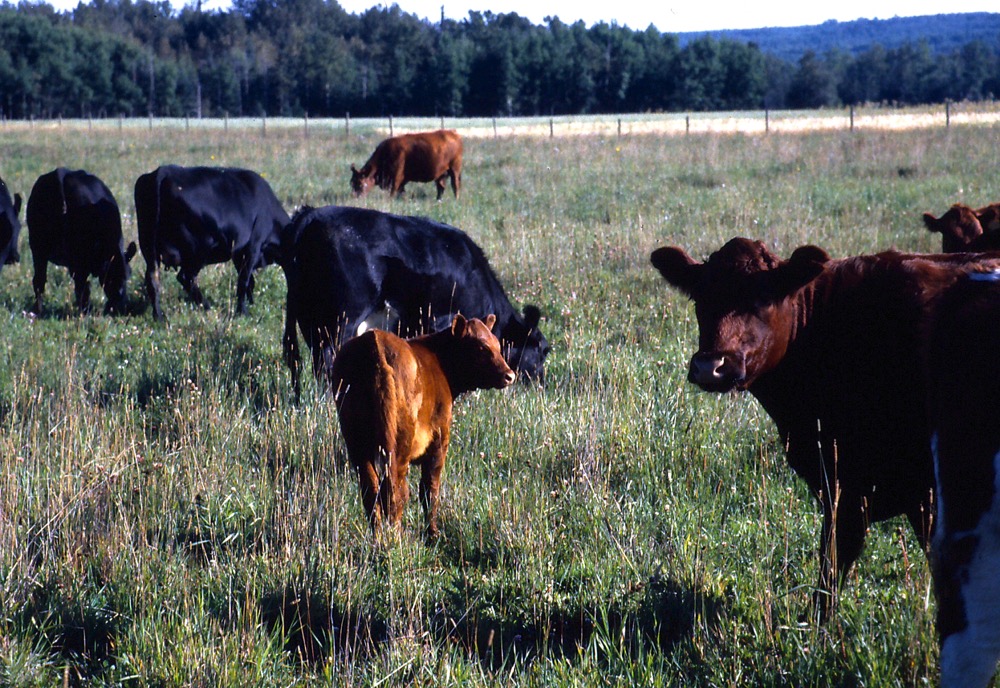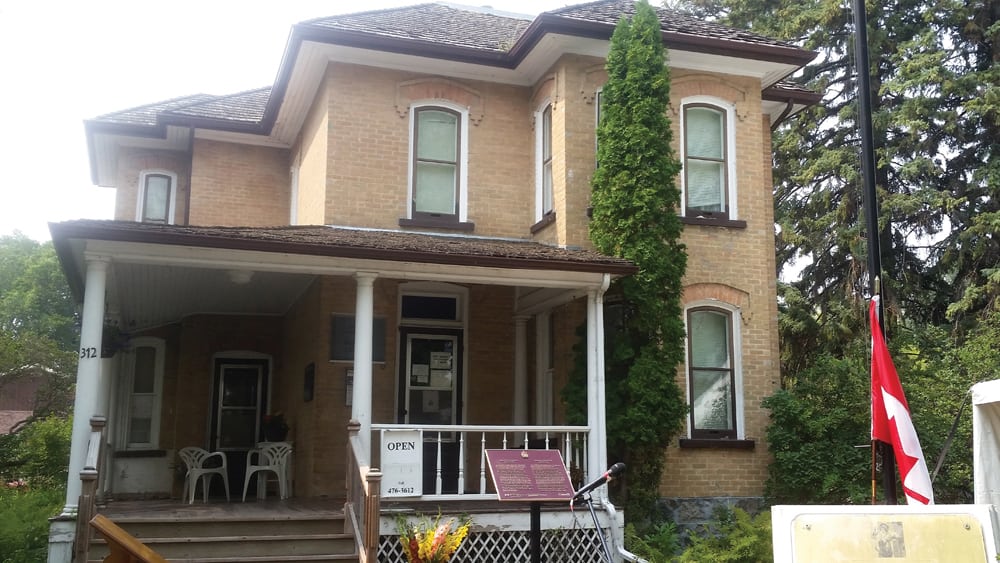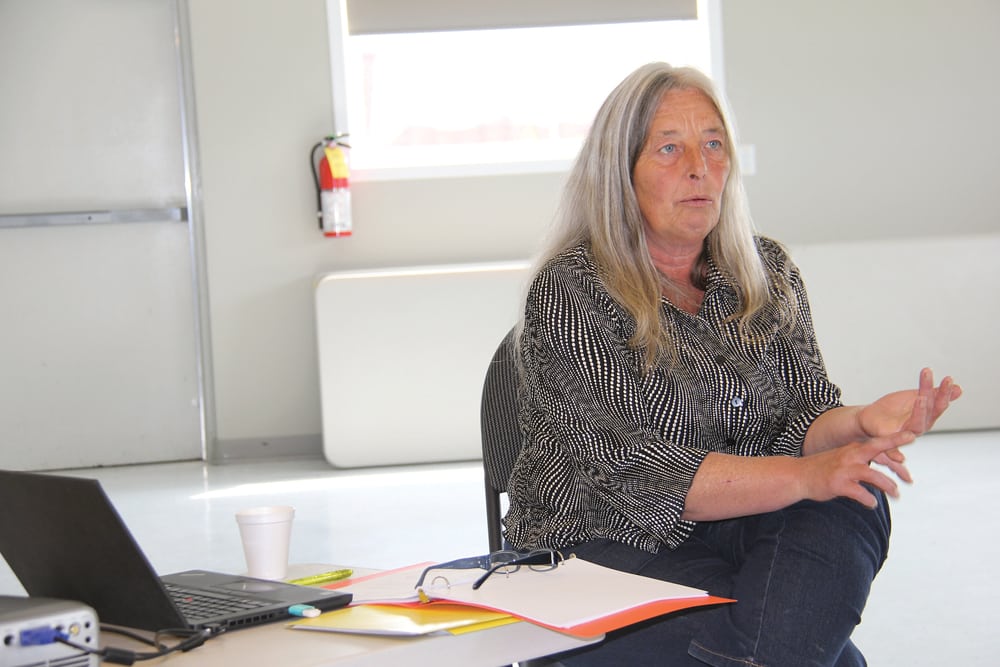Rural towns exist because of immigration, but they aren’t easy places for immigrants to move into nowadays. Lack of employment or foreign credentials going unrecognized are only part of the problem, according to a new report released by the Brandon-based Rural Development Institute. Newcomers go wherever language training, affordable housing, child care, public transportation, and other social supports are available, and these are generally lacking in smaller centres.
The study focused on 29 communities across Manitoba, Saskatchewan, Alberta and B.C., asking questions of settlement service agencies about what language and other services they could offer to help immigrants integrate.
Read Also

AgriStability enrolment deadline extended
The deadline for Manitoba farmers to enroll in the AgriStability business risk management program has been extended by three months agriculture minister Ron Kostyshyn announced on Friday.
Neepawa, Arborg, Brandon, Virden, Thompson and Dauphin were selected in Manitoba, with participants from all six communities reporting they have “mixed perceptions” of how easy it was to settle and find work.
The report says that more could be done even in Neepawa, where nearly one in four (23.6 per cent) residents is a recent newcomer and where a wide range of settlement services is now offered. Language skills, credential recognition and understanding Canadian workplace culture were cited as key to people finding work in Neepawa.
Growing trend
The report defines “newcomers” as those who’ve been given permanent resident status but are not yet citizens, refugees or refugee claimants, temporary foreign workers, naturalized citizens and international students.
More immigrants are choosing to reside in rural communities and 94 per cent of the participants reported seeing more newcomers living in their communities. The report says employment is the major reason people move there, but presence of family or ethnocultural community and the lifestyle of smaller centres are others. This work has attempted to create an inventory of services for immigrations, with a look where improvements can be made, said RDI executive director Bill Ashton.
“Despite the increase of newcomers choosing to reside in rural areas, there is no well-documented evidence of the availability and types of settlement and integration services offered to them. This research sheds some light on the situation newcomers face when trying to settle in rural areas,” Ashton said.
The study included four provincial reports summarizing findings from all communities sampled.
Just over 37,000 new residents made their homes between 2009 and 2013 in the 29 communities studied.
The report recommends expanding settlement services across Western Canada, and making more people eligible for them.
A strong settlement sector especially in small rural communities is a key asset for the community to attract, welcome, and retain newcomers, and more core funding to support it is needed, the report said.




















